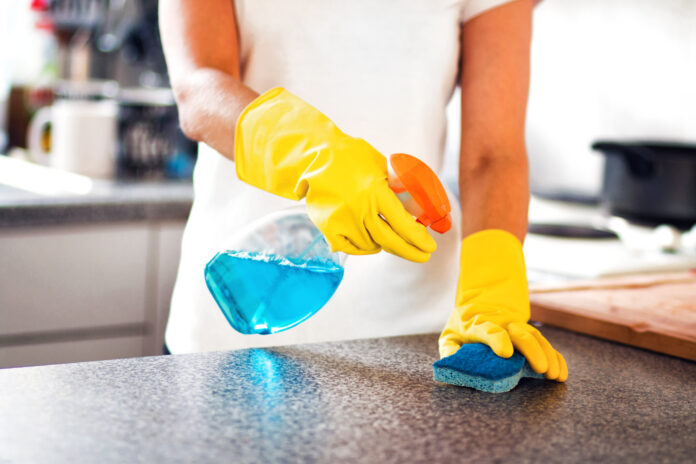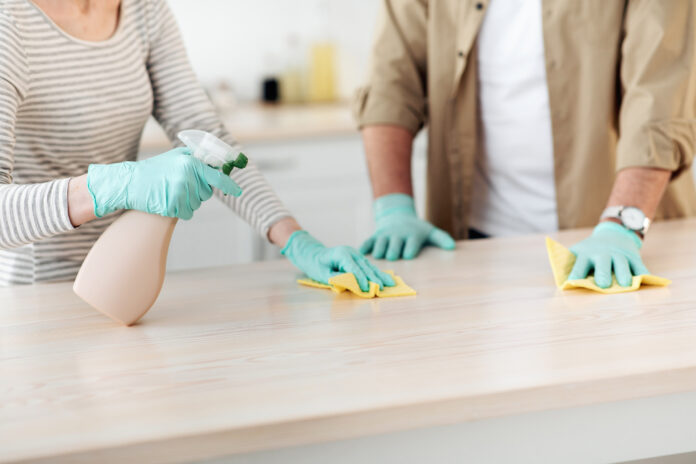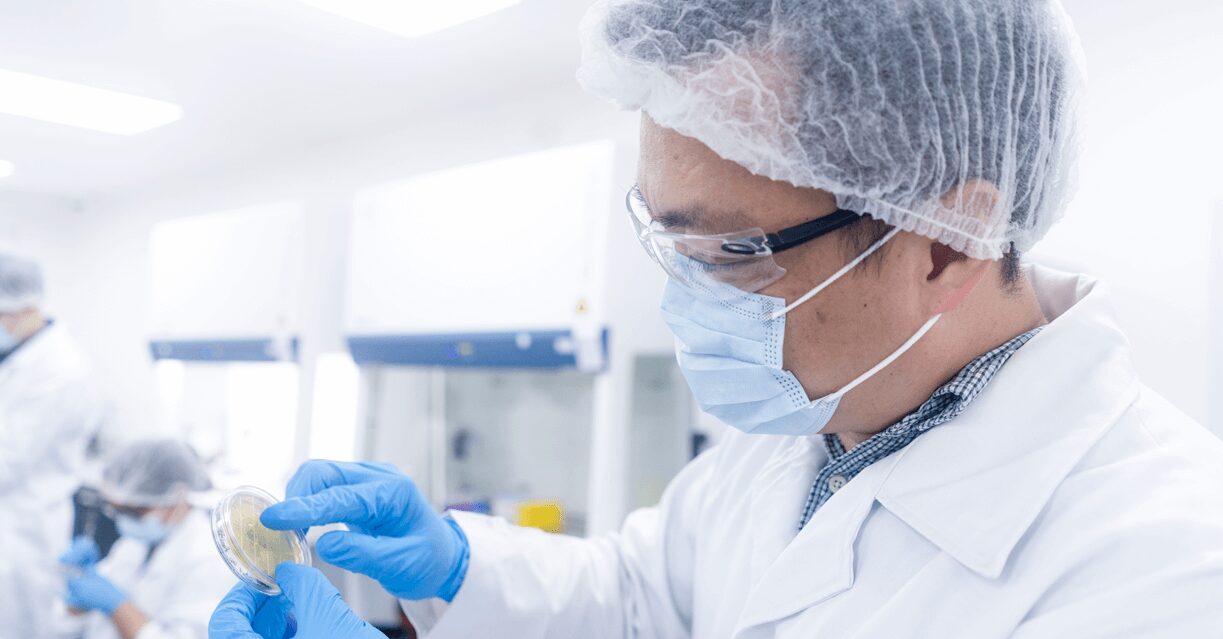In the quest for a healthier environment, surface disinfectants play a pivotal role in safeguarding our spaces from pathogens. Whether at home, in the office, or in public areas, the correct selection and application of disinfectants can significantly reduce the risk of illness. This blog post explores how to choose and effectively use surface disinfectants, ensuring your environments are not just clean, but hygienically safe.
Choosing the Right Surface Disinfectant

When selecting a surface disinfectant, it’s crucial to consider the types of surfaces you’re treating and the range of microbes you intend to eliminate.
Surface disinfectants come in various formulations, each with specific purposes and efficacy levels. Alcohol-based solutions are effective for quick evaporation and non-residue cleaning but may damage sensitive surfaces. Bleach-based disinfectants are potent against a wide range of pathogens but can be corrosive. Understanding the active ingredients and their appropriate applications ensures that you choose a disinfectant that aligns with your needs without damaging surfaces.
Not all disinfectants, including allesreiniger or all-purpose cleaners, are created equal when it comes to the spectrum of microbes they can eliminate. While broad-spectrum disinfectants can tackle a variety of pathogens, from bacteria to viruses, all-purpose cleaners might not always meet the necessary criteria for specific pathogens. However, if you’re facing a specific outbreak, such as norovirus or MRSA, you may need a product with targeted efficacy beyond a standard allesreiniger. Reading labels and understanding the claims of effectiveness against different pathogens are critical steps in selecting the right product. This ensures that, even when reaching for an all-purpose solution, you’re informed about its capabilities and limitations in your particular situation.
Different surfaces react differently to disinfectants. Porous surfaces like wood and fabric require different treatment compared to non-porous surfaces like stainless steel or plastic. Additionally, consider the area’s usage – food preparation surfaces need non-toxic, food-safe disinfectants. Matching the disinfectant to the surface type ensures effective disinfection without damage or health risks.
Using Surface Disinfectants Effectively

Proper application is just as important as selecting the right disinfectant. Incorrect use can lead to incomplete disinfection and the development of resistant microorganisms.
Read and Follow Label Instructions
Every disinfectant comes with manufacturer instructions outlining proper use, necessary contact time, and safety precautions. Ignoring these instructions can result in ineffective disinfection or even harm to surfaces and health. Ensuring you understand and adhere to these guidelines is crucial for effective disinfection.
Ensure Proper Contact Time
Disinfectants require a specific amount of time to remain wet on a surface to be effective. This ‘contact time’ varies between products and pathogens. Rushing this process can render the disinfectant ineffective, leaving behind harmful microbes. It’s essential to apply the disinfectant evenly and allow it to sit for the recommended duration before wiping or rinsing, if necessary.
Maintain Safety and Regularity

Safety should never be compromised when using chemical disinfectants. Wear gloves, ventilate the area, and keep products out of reach of children and pets. Additionally, routine disinfection, rather than sporadic deep cleans, helps maintain a consistently hygienic environment. Regularly disinfecting high-touch areas like doorknobs, light switches, and countertops can significantly reduce the risk of pathogen transmission.
Conclusion
By carefully selecting and correctly using surface disinfectants, you can significantly reduce the spread of infectious diseases. Remember, the goal is not just to clean but to disinfect – ensuring your environments are safe and conducive to well-being.







